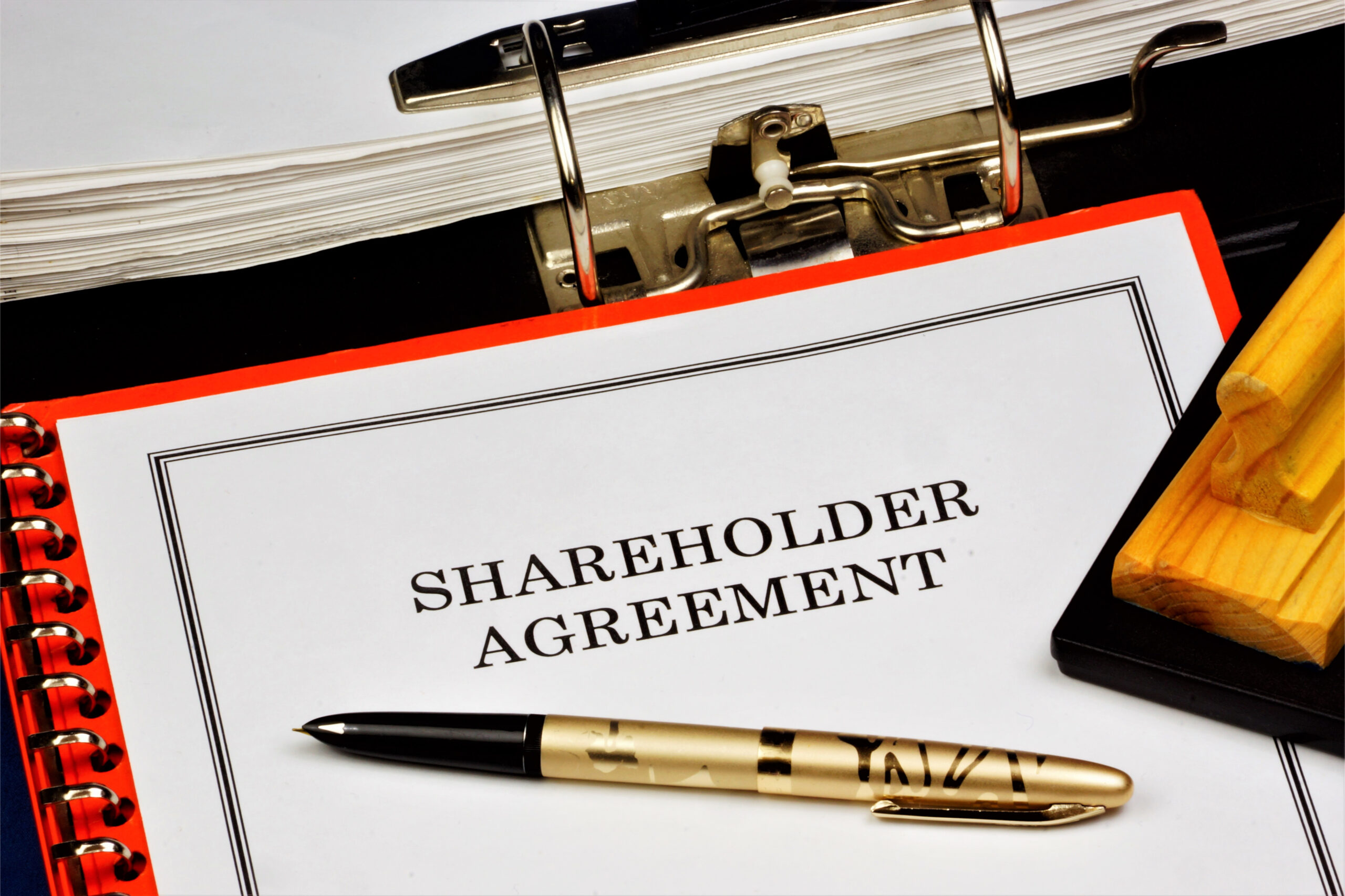A call option may be incorporated into preferred equity shares when distributed to shareholders. Because the corporation has the opportunity to redeem them at a later date, these preferred stocks are known as Redeemable Preference Shares. They are retired by the corporation and do not have a maturity date. Let’s dive into the article and discuss it more. A preference interest is issued by a corporation on the understanding that it may be redeemed by the corporation (section 9, Corporations Act 2001 (Cth) (CA 2001)). Typically, the terms of the issue will outline the procedure for the body corporate to redeem the share. Preference shares may be redeemed on any of the following bases, according to the CA 2001. At a specific moment or when a specific occurrence occurs Based on corporate discretion At the decision of the shareholder. Because the redemption mechanism can be settled upon contractually and is not subject to the prescriptive requirements in the CA 2001 for share buy-backs, redeemable preference shares are a valuable instrument for returning money to owners when a share buy-back cannot be carried out (which in some cases require shareholder approval). Even though redeemable preference shares can be treated as either debt or equity for accounting purposes, they are typically regarded as hybrid securities. Whether the shares are eventually regarded as debt or equity depends on the circumstances of the issue, particularly but not exclusively: Whether the option to redeem the shares is available to the firm or the shareholder. whether it is possible to choose between being able to convert the shares into ordinary shares or redeem them for cash. Whether any election to receive cash or convert it into ordinary shares can be exercised by the firm or by the shareholder.
What are Redeemable Preference Shares?
Redeemable preference shares represent a unique financial instrument where the issuer retains the right to repurchase or redeem the shares within a specified period, typically up to 20 years from the date of issuance. The predetermined redemption price, as outlined in the prospectus during the preference shares’ issuance, becomes the benchmark for repurchase.
These shares carry a callable option, allowing the company to redeem them at a future date. Before initiating the redemption process, the company must ensure that the redeemable preference shares are fully paid up, and all conditions articulated during the issuance are met. This ensures compliance with the predetermined terms and protects the interests of both the company and the shareholders.
Redeemable preference shares serve as a strategic avenue for companies to return cash to existing shareholders, presenting an alternative to traditional share repurchases. Unlike conventional share repurchases, the prices for redeemable shares are predetermined at the time of issuance, providing clarity and transparency in the repurchase process.
The issuance of callable preference shares with future redemption options offers companies flexibility in managing their capital structure. It empowers them to decide between share repurchases or redemptions based on prevailing financial circumstances and strategic objectives. This financial tool provides companies with a dynamic mechanism to optimise their capital while meeting the diverse needs of shareholders.
When Can Preference Shares Be Redeemed?
Certain provisions need to be fulfilled, under Section 48 of the Companies Act, 2013, for preference shares to be redeemed.
- The redeemable preference share must be fully paid up.
- The redeemable preference share can be redeemed only if the terms laid down at the time of issue are met.
However, on approval of shareholders and under the conditions laid down in Section 48 of the Act, certain provisions can be altered/modified. These include redemption of shares at a fixed time or during a particular time period or at the time the shareholders and/or the company have approved and ratified. The particular sum received after redemption of shares can be kept as Capital Reserve and can be utilised for any bonus on the issue of shares. This sum, in the Capital Redemption Reserve, is treated as Paid-up Capital by the company.
Advantages of Redeemable Preference Shares
The advantages of redeemable preference shares are as follows-
Flexibility in Capital Management: Issuing redeemable preference shares grants companies the flexibility to choose between repurchasing or redeeming shares based on prevailing market conditions. This strategic decision-making ability empowers companies to optimise their capital structure effectively.
Shareholder Remuneration: Redeeming shares serves as a method for companies to repay shareholders, akin to distributing dividends. This approach allows companies to align shareholder interests with corporate profitability, fostering a sense of financial reward.
Reduced Outstanding Shares: Share redemption results in a decrease in the total number of outstanding shares. This reduction enhances the company’s Earnings Per Share (EPS), contributing to an overall increase in the company’s share price.
Optimisation of Financial Metrics: By redeeming shares, companies often eliminate shares with higher coupon rates, which may be more than the current dividend yield for equity shares. This optimisation improves financial metrics and enhances the overall value for existing shareholders.
Exit Opportunities for Venture Capital Funds: Redeemable preference shares provide predetermined exit opportunities for venture capital funds. This structured arrangement offers venture capital investors a defined exit point at a predetermined time and price, facilitating a streamlined and agreed-upon exit strategy.
Process for Redemption of Preference Shares
These steps must be followed to redeem the preference shares:
- A meeting of the general body needs to be called. A notice needs to be issued to the directors and stakeholders regarding the meeting. This needs to be done at least seven days before the meeting.
- At the general body meeting, a resolution needs to be passed regarding the preference shares, the rules agreed upon, the type of preference shares to be issued, and also the number of shares. Also, the resolution for issuing preference shares and a letter for redemption need to be passed during the meeting.
- Within 30 days of the resolution, SH- 7 needs to be filed with the Registrar. The SH-7 should contain the minutes of the meeting (the General Board meeting where the resolution was passed) and a true copy of the resolution signed by all the members of the board.
What are Preference Shares?
- Preference shares can be allotted by companies to any investor, with the agreement that whenever a dividend is paid, the holders of the preference shares are the first to be paid.
- Preference shares enjoy certain benefits than the other shares.
- The dividend of a preference share is fixed at a particular rate (or a fixed amount) even before the dividend on equity shares.
- The preference shares must be repaid before all other investors and shareholders in the event of the winding-up of the company.
- The issue of preference share is done as per the rules prescribed under Section 48 of the Companies Act, 2013.
Types of Preference Shares
There are eight types of preference shares. In case of dissolution of the company, any of the eight types would be paid out before other types of equity. Let’s understand each of them:
Cumulative: As the word indicates, all dividends are carried forward until specified. And paid out only at the end of the specified period.
Non-cumulative: The opposite of cumulative. Dividends are paid out of profits every year. There are no arrears carried over a time period to be paid at the end of the term.
Redeemable: Such preference shares can be claimed after a fixed period or after giving due notice.
Non-Redeemable: Non-redeemable preference shares cannot be redeemed during the lifetime of the company. But it can only be obtained at the time of winding up (liquidation) of assets.
Convertible: The shares can be converted into equity shares after a time period, or as per the conditions laid down in the terms.
Non-convertible: Non-convertible preference shares cannot be, at any time, converted into equity shares.
Participating: Such shares have the right to participate in any additional profits, after paying the equity shareholder agreement. Moreover, the surplus of profit is apart from the fixed dividend paid up for preference shares.
Non-Participating: Non-participating preference shares do not possess any right to participate in surplus profits or any surplus gained at the time of liquidation of the company.
Characteristics of Preference Shares
Preference shares offer a number of advantages that have allowed regular investors to outperform them even during slow economic development periods. The following list of preference share benefits is most appealing:
They Can Be Converted Into Common Stock
- It is simple to convert preference shares into ordinary stock. A shareholder’s shares are converted into a predetermined number of preference stocks if they wish to change their holding position.
- Investors are informed that certain preference shares may be converted at any time after a certain date, while other shares may need the board of directors’ consent in order to be converted.
Dividend Payouts
Preference shares enable shareholders to get dividend payments even if other stockholders could receive them later or not at all..
Dividend Preference
Preference shareholders receive dividends before equity and other shareholders when it comes to dividends.
Voting Rights
In the event of an extraordinary event, preference shareholders have the right to vote. There are, however, only a few instances when this occurs. A person who purchases a company’s stock does not generally have voting rights.
Preference In Assets
Shareholders with preference have priority over shareholders with non-preference when discussing a company’s assets during liquidation.
Conclusion:
It is possible to earn a respectable position as a shareholder by purchasing preference shares. When a company sees liquidity in its stock, preference shareholder agreement will be able to claim dividend payments. For more information on redeemable preference shares, it is best to seek assistance from experts like Vakilsearch. A legal service provider like Vakilsearch is your one-stop solution for all legal matters.
FAQs
What is meant by redemption of shares?
Redemption of shares refers to the process where a company buys back its own shares from shareholders. It can be done at a predetermined price or through a specific redemption mechanism outlined in the company's articles of association.
Is redeemable preference share cash?
Redeemable preference shares represent a type of share that can be redeemed by the company at a predetermined future date or under specified conditions. The term 'redeemable' indicates the company's ability to buy back these shares, which may involve cash payments to shareholders.
What are redeemable preference share rights?
Redeemable preference share rights outline the terms under which these shares can be redeemed by the issuing company. This includes details such as the redemption price, conditions, and timeline for redemption. Shareholders holding redeemable preference shares have specific entitlements as defined in the company's governing documents.
What is the time limit for redeemable preference shares?
The time limit for redeemable preference shares is typically specified in the company's articles of association. It can range from a few years to a specific date, outlining when the company has the option or obligation to redeem the shares. Shareholders should refer to the company's governing documents for precise details.
Is redeemable preference shares a loan?
No, redeemable preference shares are not a loan. While both involve the company providing capital, redeemable preference shares represent ownership in the company, entitling shareholders to dividends and certain rights. In contrast, a loan involves borrowing funds with an obligation to repay, often with interest.
Who owns preference shares?
Preference shares can be owned by various entities, including individuals, institutional investors, or other companies. Shareholders of preference shares typically receive fixed dividends before common shareholders. Ownership depends on who purchases or is issued these shares within the parameters set by the company.
Are preference shares tax free?
Whether preference shares are tax-free depends on the jurisdiction and the specific tax laws in place. In some cases, dividends from preference shares may be subject to tax, while in other situations, they may enjoy certain tax advantages. It's crucial to consult with tax professionals and be aware of relevant tax regulations.
Also, Read:










